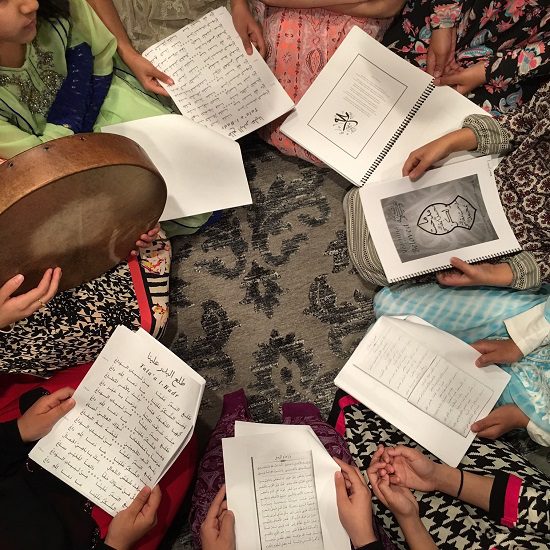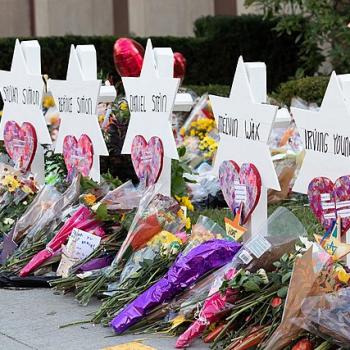 |
|
Taliban justice
|
The scene is chilling. A crowd of men watches as a 17-year-old girl wails in pain and humiliation as she is flogged by a masked man. Her punisher, unflappable and untouched by her remonstrations, does not pause as he metes out the punishment. Another man holds her down as she flails and writhes in pain. This is the Taliban justice at its best: a rapt crowd, a female victim crying out in pain, and a world stunned into silence. There is much to be said about the scene: its barbarity, its theatrics, and its channelling of the medieval are all visible in a tableau now being routinely enacted before the world by the Taliban and its affiliated groups.
The conspiracy theories of the video represent the unwillingness of some within the Pakistani establishment and news media to disregard the group’s barbaric onslaught on women and essentially provide a cover for its unabashed brutality. Questions abound about the act: westerners balk at the ability of the Taliban to carry out such public punishments with impunity, and Pakistanis question the devolution of justice in a country that was led by a woman a mere decade ago.
These are all important questions, with answers that can be located in structural explanations of economics, sociology, and history, all of which present pieces of the complicated denouement that has led Pakistan and the Taliban to this juncture. Beyond these structural explanations, however, lies the less visible saga of how the uneasy ideological relationships between the modern and the post-modern, the authentic and the inauthentic, and ultimately the indigenous and the foreign have colluded to produce the particular appeal of the Taliban in Pakistan. To investigate this ideological appeal, then, is not to deny the existence and pertinence of structural factors in the rise of the Taliban, but to point to the particular conglomerations of the critique of the modern, particularly in relation to the act of justice and power, that are operative in the modus operandi of the Taliban and its very particular construction of Islam.
In this regard, it is necessary first to appreciate the imagined Islam of the Taliban as an act of construction rather than reversion. Doing away with hundreds of years of jurisprudence of Classical Islamic law, of administrative procedures and methods of reasoning, of sources of law and juristic analysis, the Taliban has redefined Sharia as a performative tableau rather than a jurisprudential exercise. An entire judicial system thus is reduced to the application of hadd punishments, floggings, beatings and amputations. Thus the Qazi, arguably the most integral of those involved in justice provision, is nearly always invisible, while the crowd, the victim and those meting out a punishment play a central role. Justice is redefined as a means to subjugate and punish, with the entire collective crowd partaking in its pornographic enactment. There is no mention of the basis of the Islamic law applied, the deliberations which led to the application of the punishment, or any form of legitimacy that would associate the punishment with being Islamic. It is instead the anti-modernity of the whole spectacle, the absence of institutional safeguards, that makes the scene Islamic. The calculation is simple and persuasive: the more visibly different from the epithets of modernity that the Taliban can be, the more automatically Islamic it becomes.
It is this artificiality of construing the Islamic as the anti-modern that I wish to emphasise, since it allows one to appreciate the Taliban as a particularly post-modern response to the post-colonial crisis of identity. Its concentration on justice provision is one iteration of this project: Islamic justice is construed within its scheme not as what it may actually be according to doctrine, but as what it is imagined to be by those living 1400 years after the Koran was revealed. Its disregard for proving its Islamic credentials through any scholarly means demonstrates its ease with the artificiality of its project. The need to discern what is actually permissible or impermissible in Islam is deemed unnecessary before the power of a compelling spectacle that looks Islamic and hence must be so.
The attenuation of Islamic history, caused by the interventions of colonialism, thus allows the Islamic to be constructed conveniently and uncomplicatedly as the anti-modern and anti-western. Drawing this connection has translated into an act of political genius for the Taliban, enabling a vast and visible purge of society geared toward a promised return to authenticity, the raison d’etre of every post-colonial society. The burnt bonfires of cassette tapes and CDs, the visible enshrouding of living women, the forcible bearding of men all create marked and visible changes, all anti-modern and hence pristinely Islamic. Unlike the surreptitiously enslaving modern, post-modern power vis-a-vis the Taliban is visible, proclaiming loudly its final antinomy to the invisible panopticons of modernity.
Authenticity and spectacle thus are at the root of the Taliban’s appeal. It is important to recognise it not as existing independently of the rational enterprise of modernity, but rather in response to it. Post-modern critiques of rationalism, and of procedure as enslaving of power as surreptitious, are all visible here; Taliban justice and punishment involves no panopticon and no institutional prison. Equally visible is the romanticism of the rebel and the revolutionary, and a disdain for those that do not hold dear the constant and consistent ire toward all things western.
What post-modernism left undone was fulfilled by its cousin, post-colonialism; the reification of the indigenous even when it is repressive, and the adulation of the cultural are all forces that have sown the seeds for a particular affinity toward groups such as the Taliban. Tribal laws, feudal mores, despite their subjugation of women, their entrapment of the poor into powerlessness, are all deemed worthier, shorn as they are of the deleterious influence of westernisation and globalisation. It is indigenous, the post-colonial calculus says, so it must be automatically good.
Such then is the ideological reality of Pakistan, a post-colonial state 61 years hence. The beleaguered liberals, those arguing for constitutionalism and governance structures that give room for both the religious and the secular, have been discredited and devalued as inherently inauthentic, pandering to the maintenance of a colonial system that was repressive and inauthentic. Post-modernity and the western Left, enraptured with its potential for absolving the sins of colonialism, have contributed to this evisceration. If modernity was unquestioningly condescending to the non-western other, post-modernity is unfailingly committed to its exoticism. The result is an equally inhibiting caricature of what the non-western other envisioned as an embodiment of post-modern angst.
And that is indeed perhaps what the Taliban is presenting. Its anti-imperialism is unparalleled, its evocations of a pre-colonial past are persuasive in their brute simplicity, and its rejection of procedure is evident in its renditions of justice. In true post-modern form, the Taliban doctrine is unapologetically piecemeal and artificial, logic is secondary to purpose, and power is complete and arbitrary. In this regard, cellphones may be used to detonate bombs but not to talk to women, radio frequencies to issue directives to the population but not for music. In its rigidity, the Talibanised society mimics an authenticity that sounds and feels truly pure and Islamic and is greedily imbibed by a population that is hungry for answers.
The purpose of this essay is thus to explain the ideological positioning of the Taliban as a global ideological phenomenon produced and sustained as much by philosophical currents and attitudes toward modernity and rationality as by structural factors within Pakistan. I hoped to reveal how a symbiosis of western ideas of what an authentic Pakistani should be in relation to the West, post-colonial confusions about identity, and the malleability of religious doctrine have all colluded to create the phenomenon we see today. The imagined Islam of the Taliban markets itself as a virulent reaction to modernity, disregarding the doctrinal and historical realities to the contrary.
The post-modern romance with the rebel, with the indigenous and the authentic, has facilitated this construction, making anti-modernity, despite its barbarism, deserving of reverence. Under the post-modern calculus, universal discourses on human rights, on liberal tolerance, are all judged unworthy and inauthentic, giving little ideological support to those in Pakistan fighting to resist the incursion of such ideology. If authenticity is anti-western, and an avowal of self-worth a reification of tribal laws, then the Taliban would increasingly seem like the only authentic political expression.
Rafia Zakaria is associate editor of altmuslim.com and an attorney and member of the Asian American Network Against Abuse of Women. She teaches courses on constitutional law and political philosophy. This article previously appeared in The Hindu (India).











